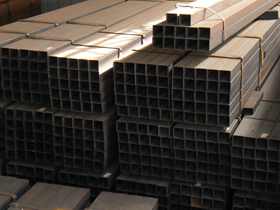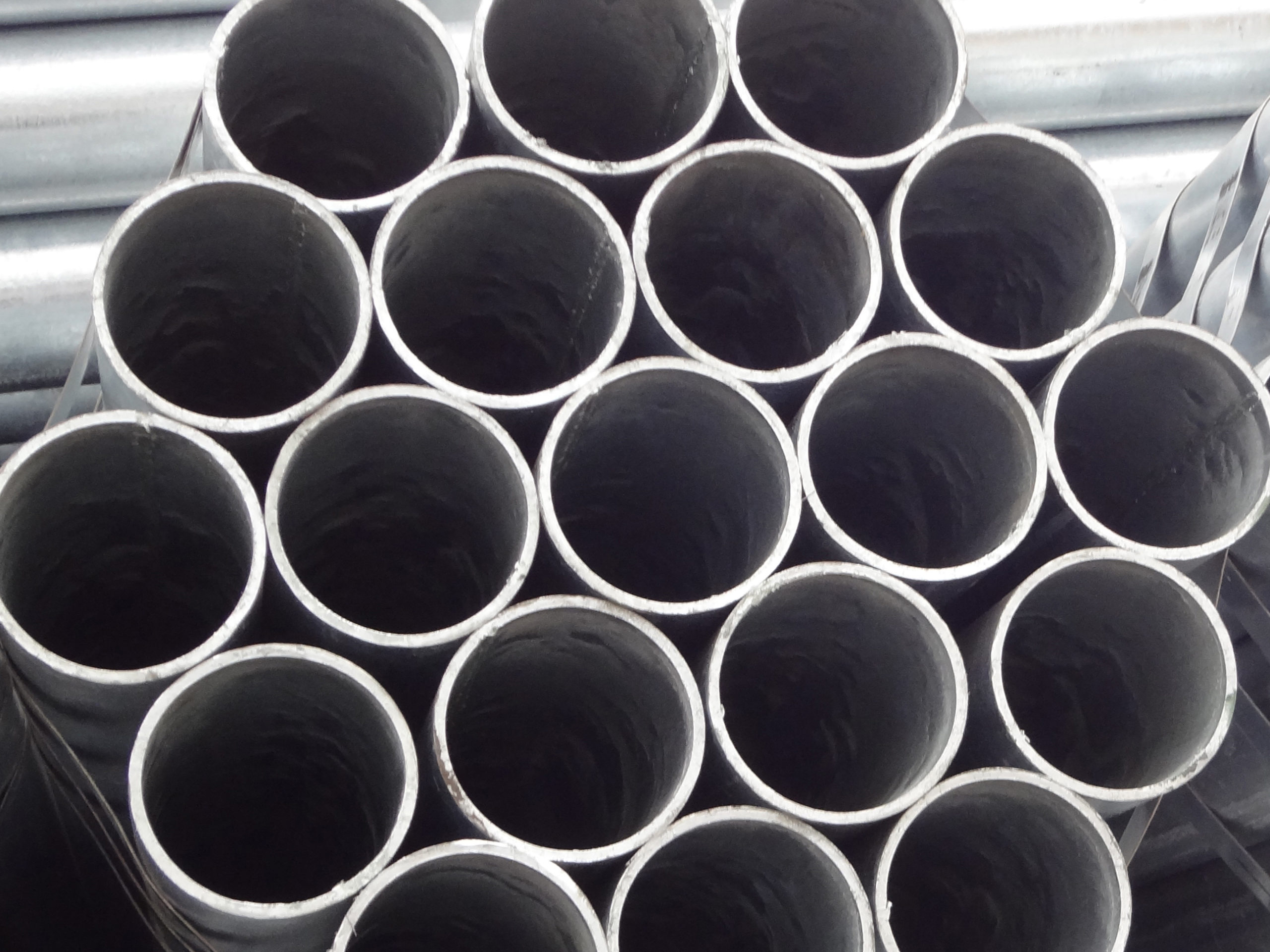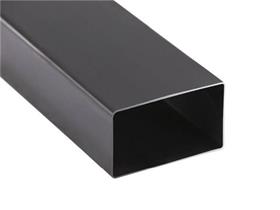Avantages de l’utilisation de tuyaux en acier inoxydable de forme rectangulaire selon la norme ASTM
Tuyau de boîtier API 5CT L80
| Codes de couleur de qualitéNote | ||||
| Type de note | Nombre et couleur des bandes pour le produit | a avec longueur ³ 1,8 mCouleur(s) pour les accouplements | ||
| Accouplement entier | Groupe(s) | b, c H40 | ||
| 1 | 2 | 3 | 4 | 5 |
| — | Aucun ou bande noire au choix du fabricant | Aucun | Idem que pour le tuyau | Tuyau J55 |
| — | Un vert vif | Vert vif | Aucun | Boîtier J55 |
| — | Un vert vif | Vert vif | Un blanc | K55 |
| — | Deux vert vif | Vert vif | Aucun | N80 |
| Un rouge | 1 | Rouge | Aucun | N80 |
| Q | Un rouge, un vert vif | Rouge | Vert | R95 |
| — | Un marron | Marron | Aucun | L80 |
| Un rouge, un marron | 1 | Rouge | Un marron | L80 |
| 9Cr | Un rouge, un marron, deux jaunes | Aucun | Deux jaunes | L80 |
| 13Cr | Un rouge, un marron, un jaune | Aucun | Un jaune | C90 |
| Un violet | 1 | Violet | Aucun | T95 |
| Un argent | 1 | Argent | Aucun | C110 |
| — | Un blanc, deux marron | Blanc | Deux marrons | P110 |
| — | Un blanc | Blanc | Aucun | Q125 |
| Une orange | 1 | Orange | Aucun | a Dans le cas du matériau d’accouplement, sauf indication contraire dans le contrat d’achat, les exigences internes du fabricant prévaudront. |
| b Les accouplements à dégagement spécial doivent également avoir une bande noire. | ||||
| c Les accouplements à bague d’étanchéité doivent également avoir une bande bleue. | ||||
| Comparaison de différents matériaux (201, 2205, 2507, 904L, 430) pour les tuyaux en acier inoxydable sans soudure | ||||
OD po (mm)
WT en (mm)
| 1(25.4) | + | – | ≤1.1/2(38.1) | + | – |
| 1∼1.1/2(25.4∼38.1) | 0.10 | 0.10 | 20% | 0 | |
| 0.15 | 0.15 | 2(38.1∼50.8) | 22% | 0 | |
| 0.20 | 0.20 | 2,1/2(50,8∼63,5) | |||
| 0.25 | 0.25 | 3(63,5∼76,2) | |||
| 0.30 | 0.30 | 3∼4(76.2∼101.6) | |||
| 0.38 | 0.38 | ||||
| 0.38 | 0.64 | ||||
| 0.38 | 1.14 | En conclusion, lors du choix d’un matériau pour les tuyaux en acier inoxydable sans soudure, il est essentiel de prendre en compte des facteurs tels que la résistance à la corrosion, la résistance, la soudabilité et la formabilité. Chaque matériau a ses avantages et ses inconvénients, il est donc crucial d’évaluer vos besoins et exigences spécifiques avant de prendre une décision. Que vous choisissiez l’acier inoxydable Ess Origin 202, 2205, 2507, 904L ou 430, vous pouvez être assuré que vous obtenez un matériau de haute qualité qui répondra aux exigences de votre projet. |
Another material worth considering is 2205 stainless steel. This material is a duplex stainless steel that offers a combination of high strength and excellent corrosion resistance. 2205 stainless steel pipes are commonly used in environments where chloride stress corrosion cracking is a concern, such as in marine applications. Additionally, 2205 stainless steel pipes have good weldability and formability, making them a versatile choice for a wide range of applications.
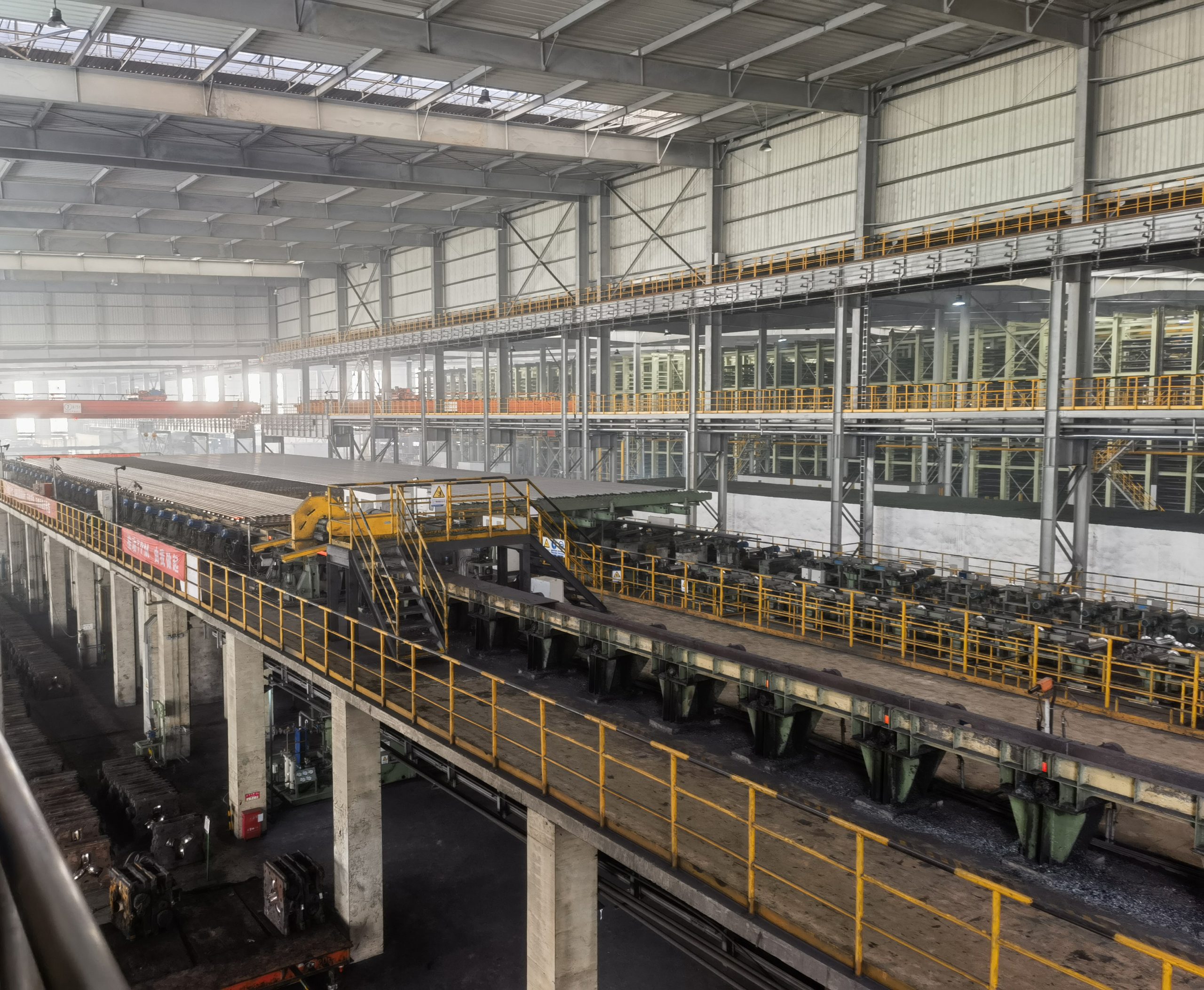
904L stainless steel is a high-alloy austenitic stainless steel that offers excellent corrosion resistance in a wide range of environments. 904L stainless steel pipes are commonly used in applications where resistance to sulfuric acid and other aggressive chemicals is essential, such as in the pharmaceutical and petrochemical industries. Additionally, 904L stainless steel pipes have good formability and weldability, making them a versatile choice for many projects.
Finally, 430 stainless steel is a ferritic stainless steel that offers good corrosion resistance and high strength. 430 stainless steel pipes are commonly used in applications where high temperatures and corrosive environments are a concern, such as in automotive exhaust systems and kitchen appliances. While 430 stainless steel is not as corrosion-resistant as some of the other materials mentioned, it is still a cost-effective choice for many applications.
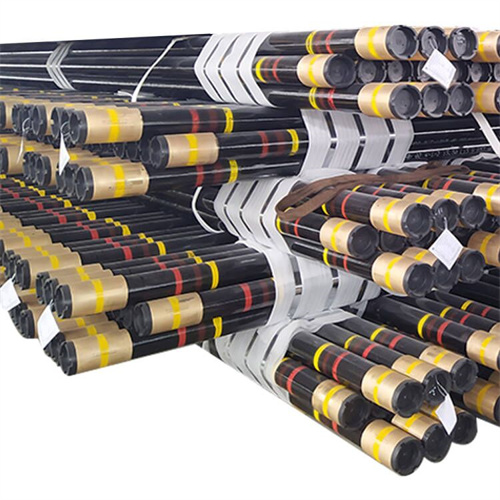
In conclusion, when choosing a material for seamless stainless steel pipes, it is essential to consider factors such as corrosion resistance, strength, weldability, and formability. Each material has its advantages and disadvantages, so it is crucial to evaluate your specific needs and requirements before making a decision. Whether you choose Ess Origin 202, 2205, 2507, 904L, or 430 stainless steel, you can rest assured that you are getting a high-quality material that will meet your project’s demands.

